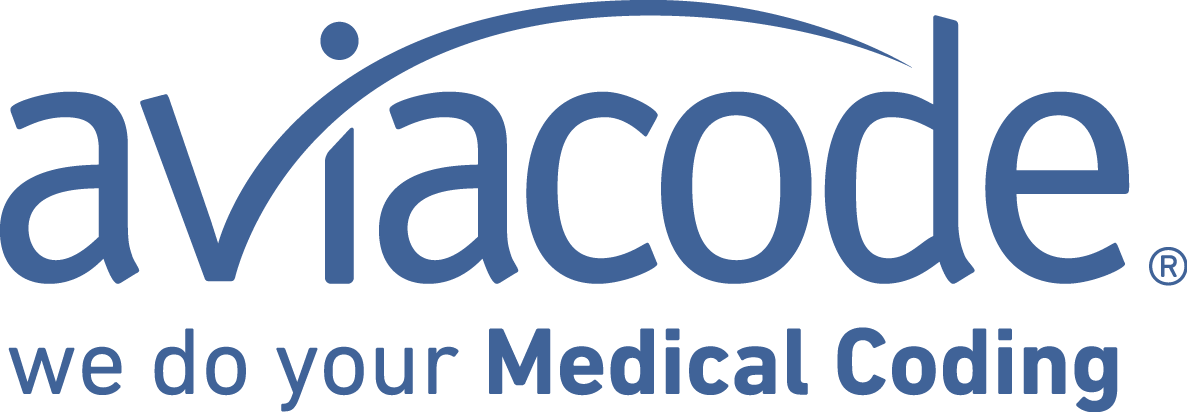The world of healthcare is currently undergoing many changes. One of them being the switch to value based care. Below are some trends successful organizations have implemented to keep up with it all.
- Mergers
Merging healthcare organizations has become and will continue to be a popular choice for many organizations. The healthcare world is all about acquiring patients. One of the best methods to increase a hospitals patient base is to be involved in a merger. Bigger hospitals are more likely to be successful by providing patients with more affordable services. Small organizations will likely stay in a fragile state.
- Technology Advancements
Technology is always advancing. Even though most organizations have implemented different types of technology into their systems, there will always be improving systems that arise. Below are some new technology trends that will be affecting the healthcare world in 2016.
Health Monitoring Devices
It has become quite a popular trend for the public to monitor aspects of personal health by wearing Fit Bits or other similar devices. This can greatly impact and improve patient care. Hopefully people using these devices will be able to pay more attention to their health, and the limitations their body has. When patients are familiar with their vitals, exercising habits, and sleep patterns it may help doctors come up with more accurate diagnoses.
4 Common Trends in Healthcare Finance for 2016
Topics: Revenue Cycle Management, Medical Coding
The United States was one of the last countries that transitioned into the ICD-10 code set, which carries a high volume of codes allowing provider’s to be much more detailed in their medical records when compared to ICD-9.
With this new pool of codes, many healthcare experts predicted the transition to ICD-10 would cause quite a bit of disruption for the industry’s profitability. Surprisingly enough, these expectations have not panned out. In fact, those studying the effects of ICD 10 have found minimal effects.
The average productivity decline for the year is 14%, which is much lower than to be expected. Some of this decline in productivity may not even be contributed to the switch to ICD-10. Researchers noted that a new computer-assisted coding technology was introduced around the same time, which could account for some of the decline in productivity.
Topics: Revenue Cycle Management, Medical Coding
Increase Revenue by Improving Patient Satisfaction
Levels of patient engagement have increased dramatically over the last decade or so. Easy Access to information has encouraged transparency, and because of this, patients no longer choose hospitals simply based off location. Hospitals that have high satisfaction ratings and easy access to care over ones that don’t, will attract the majority of patients.
Measure Patient Satisfaction
One way to gauge patient satisfaction is to measure their loyalty. Patients may vary in the engagement spectrum. Some patients come in for their first visit and then never return. Some patients may be somewhat disengaged in your healthcare organization by having contact with only one specialist. Loyal patients will interact with the hospital across multiple services lines. Hospitals marketing departments tend to focus on acquiring as many new patients as possible. Hospitals think this is where the revenue is, when in reality loyal patients are five times more valuable. It is much more efficient for marketing departments to use their budget to invest in loyalty, rather than spending their resources to acquire more patients.
Topics: Revenue Cycle Management, Medical Coding
3 Secrets of Hospitals successfully Increasing Revenue
How hospitals incorporate the revenue cycle into their organization will largely affect its overall prosperity. Studies have found several consistencies among successful hospitals. Most of these similarities are directly associated with the revenue cycle. There are 3 key areas in which high-performing organizations thrive.
People
Employees heavily influence the functionality of the revenue cycle, and successful hospitals have taken notice. Most of these hospitals will take the time to hire the right employees. Usually ones that are passionate, go above and beyond, and have a fitting personality. These hospitals make sure that their hiring managers are putting their employees in the most suitable positions. In order to attract these kinds of employees these hospitals will provide competitive compensation or performance incentives.
High performing hospitals don’t stop there. They are fervent on continuing education for their employees. They will continue to extensively train new and existing employees to make certain they will be competent in the demands of their positions.
Topics: Revenue Cycle Management, Medical Coding
4 Ways Healthcare Organizations can Escalate Profitability
In today’s economy, several hospitals may be struggling to stay afloat, especially when it comes to smaller rural practices. No matter the size of your facility, there are still steps that can be taken to improve all financial situations.
- Add new services that have a good return
One of the most valuable tactics to increase revenue is to add new service lines your organization doesn’t currently offer. Do your research before you add new lines of service. Study the population that surrounds your organization. What types of services is the population in need of? Research the demographics of your area to get a better understanding of the types of service you should be offering. Do a comparative analysis on the competing hospitals near by. Check into the services they provide their patients to see how your hospital needs to improve. Go a step further and start offering services other hospitals are not offering. This way you don’t have to compete for patients.
- Improve your Organizations Reputation
It’s extremely important that your healthcare organization is maintaining a positive reputation. A 2012 World Economic Study found on average that more than 25% of a company’s market value is directly correlated to its reputation. What opinion does your community hold when it comes to your hospital? Try sending out a community engagement survey to find out how the locals view you. It’s likely your hospital won’t get perfect reviews, so try and use the negative results to improve in those areas.
Topics: Revenue Cycle Management, Medical Coding
Outsource Your Coding Reason 3 of 10: Reduce Costs
This is post 3 of a 10 post series on the top 10 reasons you should consider outsourcing your coding.
The ICD-10 transition is daunting for providers and physicians nationwide. The ICD-9 coding guidelines include a set of about 17,000 codes. Once ICD-10 is implemented on October 1st, 2015 there will be a whopping 140,000 codes. That is more than 8 times the amount of codes! This increase in diagnosis and procedure codes will unquestionably be accompanied by a decrease in medical coders productivity. Denials will increase and revenue will decrease. Let me repeat that for emphasis, ICD-10 will have a negative impact on your revenue. The question on the minds of thousands of healthcare professionals is how to minimize the impact.
Topics: Top Reasons to Outsource Medical Coding, Revenue Cycle Management, Experienced Medical Coders, reduce costs
How Medical Coding Fits into the Revenue Cycle
Revenue cycle refers to "All administrative and clinical functions that contribute to the capture, management, and collection of patient service revenue," as defined by the Healthcare Financial Management Association (HFMA). It includes the entire life cycle of a patient account from initial appointment setup to payment receipt.1
Topics: Revenue Cycle Management









